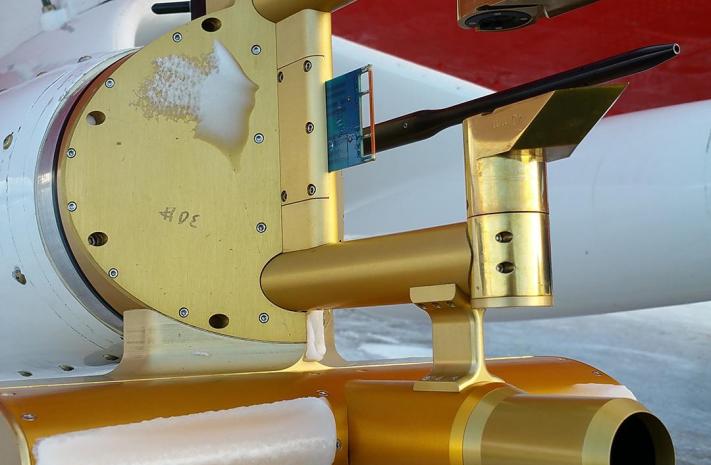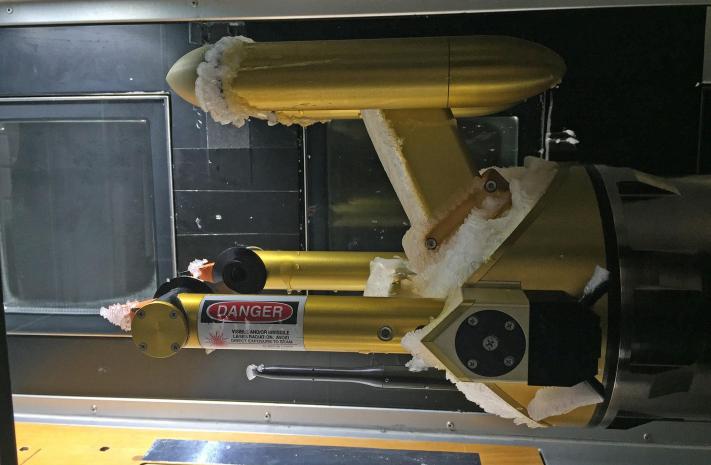15/06/20
SENS4ICE newsletter No 2: News from SENS4ICE

While research and technical developments may have been temporarily slowed due to the sanitary measures tackling the Covid-19 pandemic, progress must continue as today’s initiatives will help the recovery of the aeronautics sector tomorrow. With this message in mind, the SENS4ICE consortium has striven to advance the project’s activities as much as possible.
Since the release of the first newsletter, the developers of the direct ice detection sensors have continued maturating their sensors based on the operating principles and plans established at the beginning of the project. The work included the development of software, hardware, numerical analysis and testing of prototypes in the lab. In parallel, they have prepared the Interface Control Documents to provide detailed information on the physical and functional interfaces required for the installation of the sensors in the hybrid system, icing wind tunnels and aircraft. Such Interface Control Documents are formulated in close cooperation with the operators of the icing wind tunnels and flight test platforms to ensure that each partner understands the requirements, constraints and timeline for pairing the sensors with the research facilities and flying testbeds to be used in SENS4ICE. The test campaign in the icing wind tunnels to evaluate direct sensors measurements against reference probes based on ability to measure, detect, discriminate Appendix C and Appendix O is planned in winter 2020/2021. The results of the icing wind tunnel tests will be used in the first months of 2021 to evaluate and select the sensors suited for the project flight test campaigns and installation within the Hybrid Ice Detection System.
In parallel, the project partners have progressed with the definition of the indirect ice detection methodology consisting of the algorithm for detection of ice accretion including Appendix C and Appendix O conditions. Based on the principle of early detection of even light ice accretion on airframe, the methodology uses the fundamental knowledge about changed aircraft characteristics under icing conditions. Together with the direct ice detection sensors, the indirect ice detection is an important part of the hybrid ice detection system approach developed in SENS4ICE.
The consortium has also carried fruitful discussions with the members of the SENS4ICE Advisory Board, especially during the last physical meeting that took place in February 2020 in Brussels and the virtual Review Meeting that took place in June 2020. The expertise and valuable insights of the certification agencies have supported the SENS4ICE partners in preparing an important deliverable on the guidelines for certification of the Hybrid Ice Detection System. This document defines the specific practices to demonstrate compliance with the applicable requirements for the Hybrid Ice Detection System. It also proposes a preliminary sketch towards the certification of the system.


